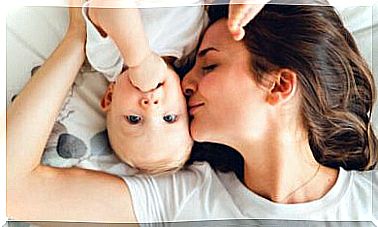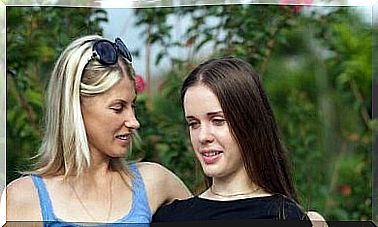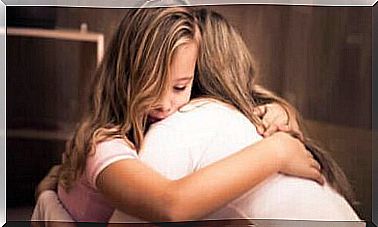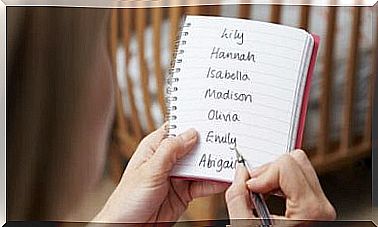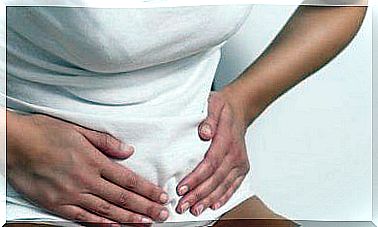What Is The Landau Reflex? – Being Parents

The Landau reflex is another of the many reflexes that occur in the first few months of a baby’s life. It is an expression, with the appearance of other reflexes characteristic of each age, of an efficiently functioning nervous system.
Below we review what it is, its characteristics and what other reflexes can be assessed in the first few months.
Like any other, the Landau reflex is an involuntary response to a stimulus. Reflexes are acts that we have incorporated into our body.
We carry them in our DNA, since their main function is to allow the person to adapt to the environment which surrounds him and with which he interacts.
They can be primary, that is, the ones we are born with, like yawning, sneezing or blinking. Or they are secondary, that is, those that we “learn” in the course of our life.
To assess the Landau reflex, the baby is placed in a prone position (face down) on our arm, forming a right angle with our forearm. In view of this, the baby should straighten its trunk and lift the limbs and head.

Usually, these movements are accompanied by bending the knees and elbows. What the baby is trying to do with these actions is counteract the effect of gravity, while trying to look ahead for a visual reference point.
The properties of the Landau reflex
- It appears during the fourth month of life and disappears around two years, although many researchers consider it to end just after the first year.
- It represents the combination of tonic-labyrinthine, neck tonic and visual reflexes.
- As the baby develops voluntary and conscious movements, this reflex begins to become less noticeable.
- The most advisable thing is that it be practiced by a specialist. There are two reasons for this. First, he will be able to assess the baby’s responses in a better way. Second, if you are not able to control the baby’s movement, he may fall or have a sudden or unwanted movement.
What can the absence of reflex mean?
The absence of this response may suggest a motor weakness on the part of the baby. If this is the case, it will be necessary to exercise its motor development in a corresponding way. Or, it may be an inferior mental maturation.
The best thing in these cases is to consult the pediatrician to find out what action to take.
Doctors look for these reflexes very early in a baby’s life. This assessment is not only quantitative, it is also qualitative. That is, not only the presence of a reflex is recorded, but also its execution, even if it is completely involuntary.
If the expected reflex does not appear, this could be an indicator of a certain type of impairment. If movement is weak, it can be a symptom of muscle weakness. If he is elated, it may be the result of a withdrawal syndrome.
Or, if it’s asymmetrical, it could be a sign of a clavicular or nerve root injury, among other various possibilities.
The other secondary reflexes
The Landau reflex is not the only characteristic of the first months of babies’ life. Among the main ones, we can also name:
- The gripping reflex. It occurs when the baby closes his fist to catch the finger or any object that you bring him near.
- The walking reflex. The baby is trying to walk when his feet touch a hard surface.

- Galant reflex. Lying on his stomach, he is stroked or patted on the side of the spine. The baby turns to the side where it is touched.
- Abdominal reflex. Like the previous one, lying on your back. Instead, the abdominal area is stimulated. This should cause the trunk to bend.
- The displacement reflex. We put the baby on his stomach. So, he will try to move his legs to start crawling. Normally, this reflex occurs up to 3 months of life, before definitive crawling.
- The reflex to crawl. It just happens when the previous one is sufficiently developed. We need to lay the baby on his stomach on a firm surface that allows him to lean on it. He will immediately react and get on all fours. This reflex appears around 6 or 7 months and is maintained when the child begins to walk.
- Reflex extension of the fingers. When the baby has a closed fist, the outer side of his hand can be gently stroked, from the little finger to the wrist, to open it. This technique can be very helpful in getting the baby to release something that shouldn’t have been taken.

